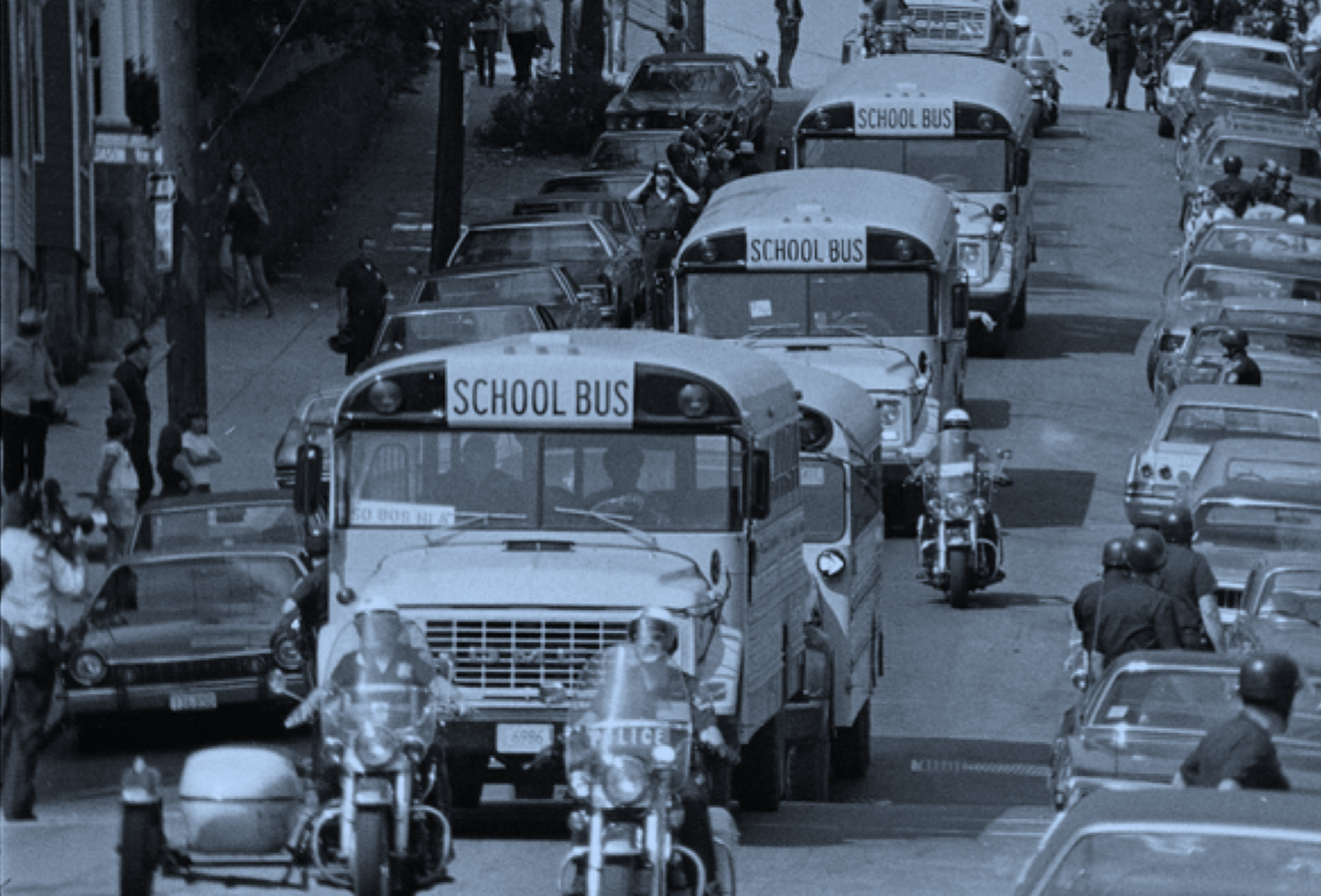
Reader’s and Instructor’s Guide
for Map of Ireland
Revised from questions prepared by Simon & Schuster.
The following contains information about the plot (spoilers).
Content Warning: Map of Ireland includes scenes of sex, lesbian characters, anti-Black racism, urban poverty, pyromania, and very poor decision-making.
Map of Ireland opens with an epigraph by the Greek philosopher Heraclitus: “Geography is fate.” How does this apply to Ann Ahern? Is she able to escape her geography or her fate in the novel?
Ann says, “If I was a certain kind of person, I’d blame my troubles on the desegregation itself. I’d blame my being stuck here on those stupid yellow buses and the violence they seemed to bring” (4). Which characters in Map of Ireland would blame their troubles on desegregation?
Did you expect Ann to take the dramatic act that she commits? Do you think Ann takes personal responsibility for her crime? Why or why not?
Consider Ann’s family situation. What are her parent’s orientations to class, race, and sexuality? Who, if anyone, in Ann’s life serves as a positive role model?
Ann rants silently, “The sixties are over… you missed it, don’t you realize?” (42) How does the year 1974 influence Ann’s attitude? What about Rochelle’s? If the revolutionary energy of the 1960s continued into the 1970s, when did the 60s really end? Is there a particular moment in American history that signals or represents that end to you?
Ann explains to Mademoiselle Eugenie, “‘They say I have a face like the map of Ireland…. You can tell where I’m from just by looking at my face’” (60). Why do you suppose Grant chose to name the novel after this line about Ann’s appearance? Why does Mademoiselle Eugenie laugh when she compares her face to the map of France? How does the character of the French teacher link Black politics in the US to political struggles elsewhere?
In considering the French word “nostalgie,” or “homesickness,” Ann states, “‘I think I have nostalgie for South Boston before the busing’” (61). What do you think Ann means? Do you think her “homesickness” is genuine? What is the difference between homesickness and nostalgia?
Twice Rochelle tells Ann, “‘I got a short attention span’” (102, 133), referring to basketball and her last relationship. Do you think Rochelle’s meaning changes when she repeats this statement the second time?
Ann thinks, “Maybe you always loved the person or people who taught you to speak” (147). Who in this novel helps Ann find her voice?
Rochelle teases Ann by telling her she is “traveling incog-negro.” What does this expression mean to Rochelle? What does it mean to Ann? What is the character doing by using an outdated racial category?
What do you think motivates Ann to set the fire in Mademoiselle Eugenie’s bedroom? She explains, “Dr. McGraugh would say the consequence was also my intention…. I burned the house in order to lose Rochelle…. In my own mind, I burned the house because I had already lost her” (192). Which interpretation do you believe, Dr. McGraugh’s or Ann’s? Why?
Throughout the novel Ann is very conscious of Rochelle’s race. When is Rochelle conscious of Ann’s? How does that consciousness reveal itself?
In the scene in the hospital, Ann pleads with Rochelle to stay friends. Why does Rochelle refuse her? Why does Ann think Rochelle refuses her?
In Chapter 30, Ann comes to a startling realization about the film she saw earlier in the novel, A Streetcar Named Desire. “Stanley Kowalski was Black.” How does Ann’s realization relate to the idea of “traveling incog-negro”? How does this pronouncement relate to the idea that race is a social construction?
In the 1970s, desegregation in Northern states was necessary not because segregation was written into law as it was in the American South (separate but equal) but because Northern neighborhoods were segregated. Most students went to their neighborhood school and so there was de facto segregation. How does this pattern of segregation relate to the title Map of Ireland? What has happened to racial integration of schools since that time? Look at the rates of de facto school segregation now in Boston or other parts of the US.
Map of Ireland is a coming-of-age novel (bildungsroman). Does it remind you of any other coming-of-age novels you have read? Which ones? Does it differ in any interesting ways? Do coming-of-age stories about girls usually involve major political conflicts, like desegregation?
How does Ann’s Catholicism structure the novel?
What does Sister Gail mean when she tells Ann that “confession without penance is simply a form of self-aggrandizement”?
There are a lot of different (literal) maps referred to in the novel. Can you list them?